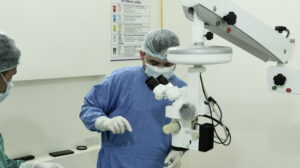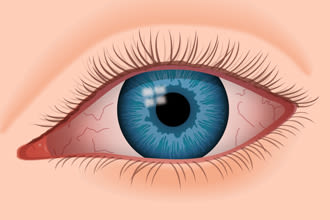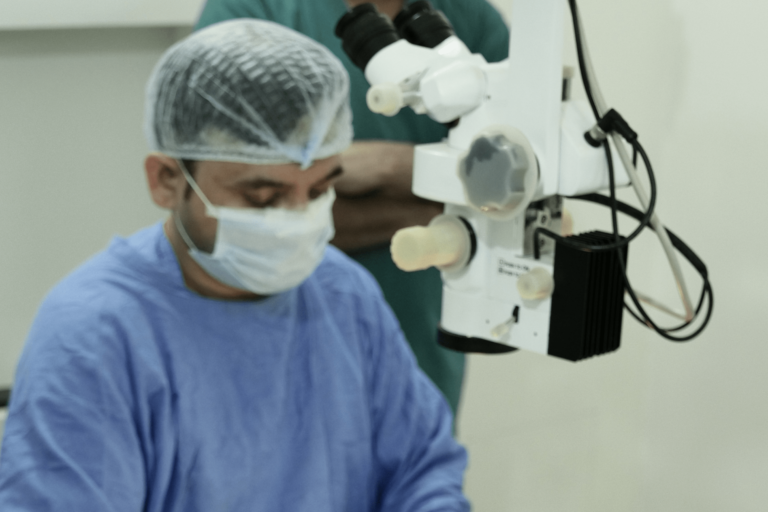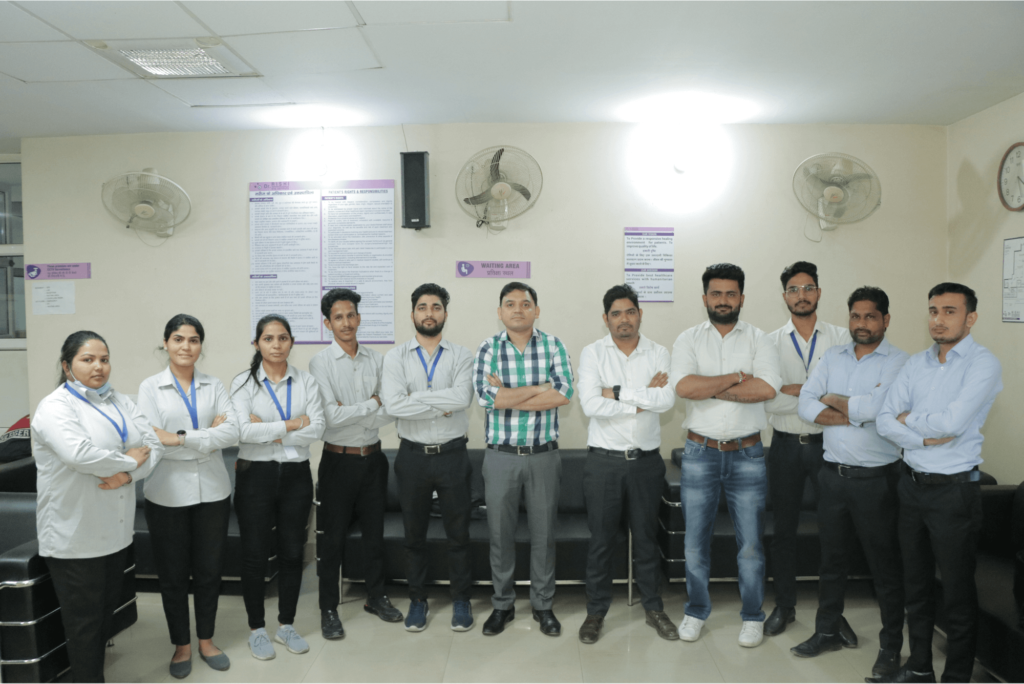

1363/64, Sector-6
Karnal, Haryana
Phone Number
0184-4076760
Send Your Mail
drei.karnal@gmail.com

Karnal, Haryana
0184-4076760
drei.karnal@gmail.com
Dr Rishi
August 2, 2022

Tears are a combination of water, oil, mucus, and antibodies that help to keep your eyes lubricated and prevent infections. Dry eyes or dry eye syndrome is a common condition faced when the eye does not produce tears properly, or when the tears are not of the correct consistency and evaporate too quickly. In addition, inflammation of the surface of the eye may occur along with dry eye.
Dry eyes are very common and are mostly brought on by everyday factors such as contact lens wearing, medication usage, cosmetic and skincare products and environmental conditions such as dry weather. Aging, health issues (rheumatoid arthritis, Sjogren’s Syndrome, thyroid disease, scleroderma, lupus, and vitamin A deficiency), eyelid closing problems and recent eye surgery (such as LASIK) can also cause dry eyes.

Dry eye signs and symptoms usually affect both eyes and include a combination of symptoms like stinging or burning sensation, redness, swelling, stringy mucous in or around the eye, blurred vision or eye fatigue, sensitivity to light, the sensation of having something in the eye, difficulty wearing contact lenses, difficulty driving at night, and water eyes, a response from the eyes to the irritation of dry eyes (REVERSE TEARING EFFECT).
Dry eyes can make it more difficult to perform some activities, such as using a computer or reading for an extended period, and it can decrease your tolerance for dry environments.
Eyes require lubrication and moisture on the surface of the eyes for protection and nutrition. When dry eye occurs, the eyes are left vulnerable to bacterial infection, and in severe cases, scarring of the cornea.
To diagnose dry eye aside from detailing your dry eye symptoms some tests are performed. Your eye specialist will evaluate your overall eye health including tear film break up time (TBUT). The Schirmer test can measure your tear production that involves placing blotting strips of paper under your lower eyelids. After five minutes your doctor measures the amount of strip soaked by your tears. A tear osmolarity test measures the composition of particles and water in your tears.

Artificial tears are produced by using eye drops that increase the moisture of the eyes. This is one of the most commonly used treatments for dry eyes. In severe condition steroid or non-steroid anti-inflammatory drops are prescribed to increase tears to reduce potential damage to the cornea and to help alleviate the feeling of dry eyes.
If artificial eye drops are not providing long-term relief, your eye doctor may suggest tear duct plugs (also known as punctal plugs) or, in rare instances, surgery in the form of permanent occlusion of punctum can be performed.
Other relief options include a warm compress, supplements, meibomian gland expansion, intense pulsed light treatment, flushing of the tear ducts, scleral contact lenses or amniotic membranes grafting in severe cases.
Prevention tips include using a humidifier, quitting smoking, blink often, lubricate the eyes with artificial tears and wear sunglasses when outside.
If you are experiencing dry eyes, at DREI (DR RISHI EYE INSTITUTE) we are providing all the diagnostic and treatment options to relieve your symptoms.
Subscribe our newsletter for latest updates.

We are Single Super Specialty Working at Dr. Rishi Eye Institute 1363/64 Sector 6, Karnal. Dr. Rishi Eye Institute Was Setup on 1st March 2020. Hospital is Catering to Patients with Eye Related Problems Cataract Surgery, Cornea, Squint Surgery Etc. & Ophthalmology Critical Care Services.
0184-4076760
Dr. Rishi Eye Institute Karnal. Designed By Allindigi
Copyright © 2022. All rights reserved.
WhatsApp us